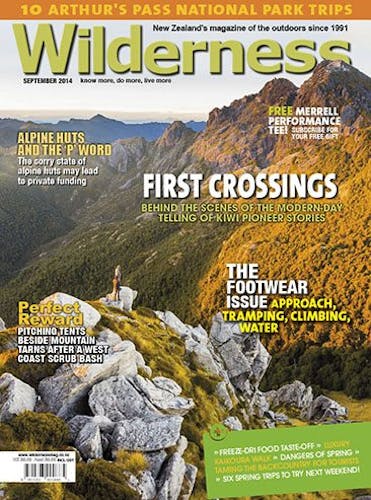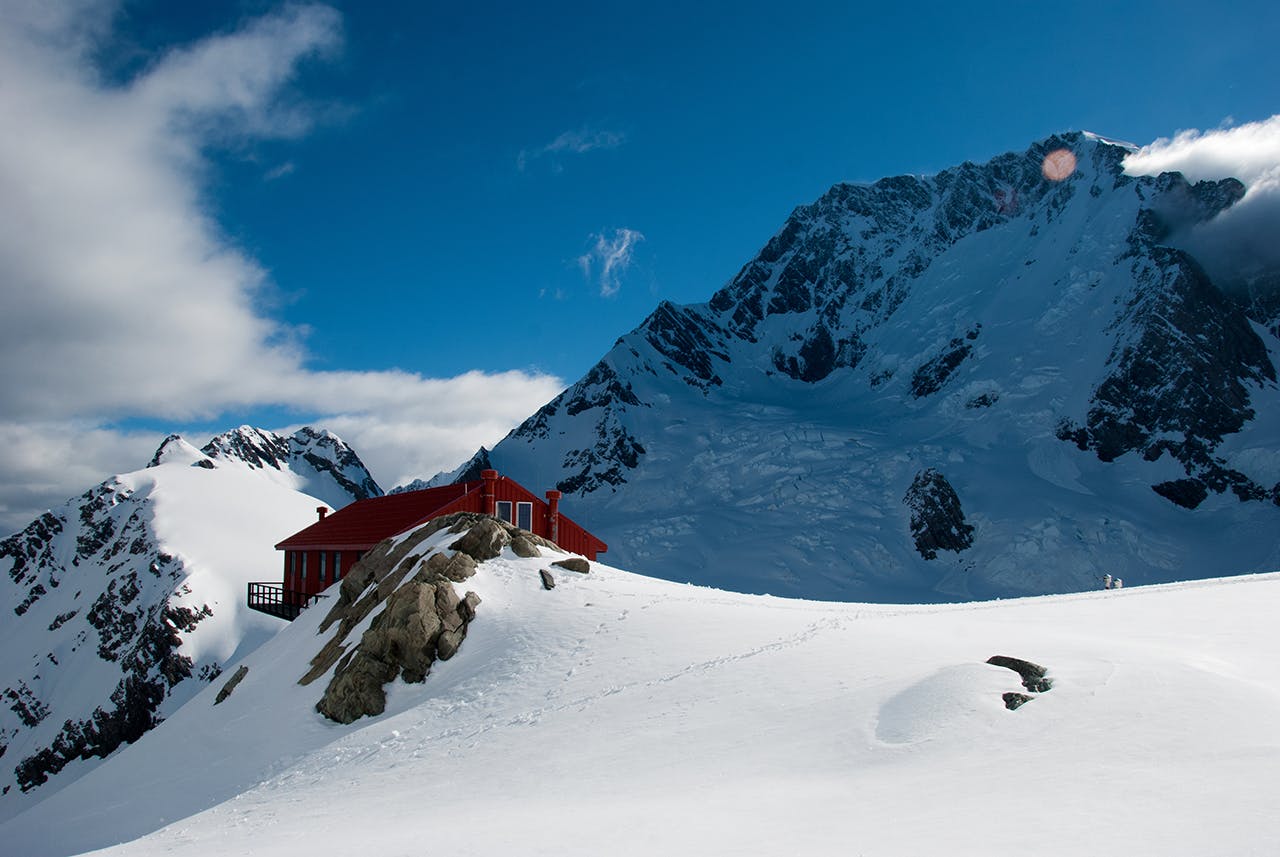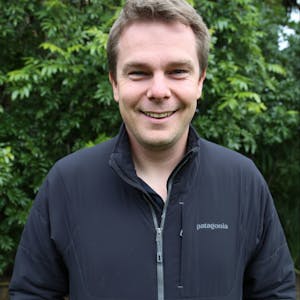As many iconic alpine huts are becoming dilapidated, harder to reach and, occasionally, wiped out altogether, Wilderness asks if private funds really are the way forward for high altitude bunkhouses
Backcountry huts began life for all sorts of reasons. Some were accommodation for musterers, others allowed deerstalkers a place to lay their head between kills, while others were built by miners hoping to find their pot of gold.
But high up in the land of permafrost, seracs and sastrugi ice, perched precariously above cracked glaciers, sit small, usually red buildings that were put there for one reason only: to provide somewhere for those who dare venture there to survive the night.
Without them, climbers would be hugely limited. It’s no place for a tent (for the vast majority of us) and some might argue it’s no place for a hut either. In Aoraki/Mt Cook National Park, it’s not entirely uncommon for these little bunkhouses to get tossed from the side of the mountain.
Only this July, Gardiner Hut, above Hooker Glacier, was knocked off its foundations in a rock avalanche. It’s unlikely to be replaced, and it may well join the likes of Beetham, Malte Brun and De La Beche huts as places alpinists can no longer run to for cover.
Sadly, the issue of huts not being replaced isn’t the only concern for climbers. Some of the best known huts are either slowly falling into disrepair or practically impossible to reach.
At the top of the Tasman Glacier sit Kelman and Tasman Saddle huts. “Both are in a dire state,” says alpinist and mountain guide Nick Cradock.
“If you’re at Kelman Hut in October, November or December, a third of the hut space isn’t usable because it’s leaking so badly from snow melt,” he says. “In parts of Tasman Saddle Hut you can’t leave sleeping bags on the bunk during the day or they’ll get wet.
Cradock has guided internationally and says compared to alpine huts in other countries, New Zealand’s are “Third World”. “These huts are really getting shonky,” he says. “I compare them to how they were in the 1970s and early 80s – they were really well looked after and provided blankets, stoves, fuel and they were maintained well. Since then, hut fees have gone up and maintenance down.”
DOC is responsible for the upkeep of these huts, and admits there are problems with some of them, but Cradock doesn’t blame the department for their current state. He says the Government hasn’t the funds for such maintenance.
“Both huts need money other than that from the Government to keep them going,” he says. “Private funding has to come in to look after them.”
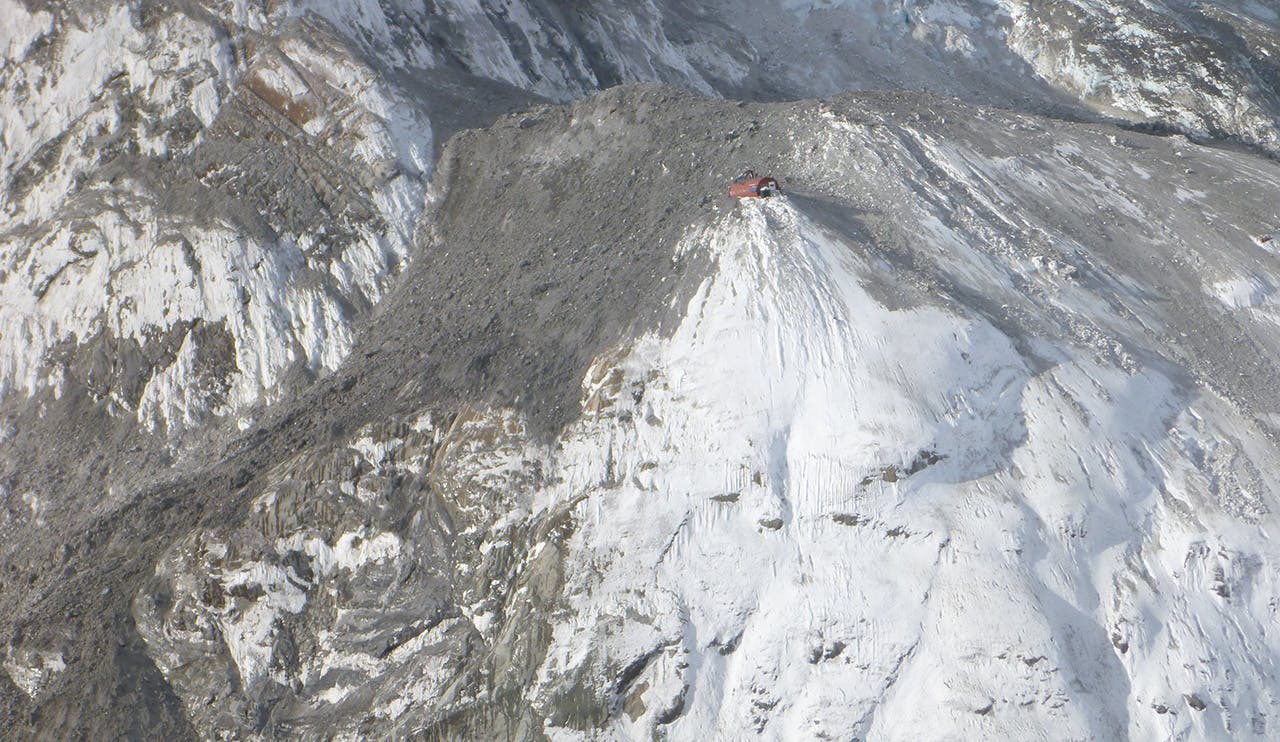
Gardiner Hut was smashed in a rock avalanche. Photo: DOC
Cradock’s also in favour of using private funding to build new alpine huts in the region. He wants to reverse the trend of alpine hut numbers dwindling in Aoraki/Mt Cook National Park and cites the example of Robrosa Hut, owned by Aspiring Guides. This has been built on private land, but can be accessed on foot and provides a good base for snow shoeing and ski touring in the Pisa Range.
“These huts are really getting shonky – they’re Third World” – alpine guide Nick Cradock
“Robrosa Hut is $160 a night for four people,” says Cradock. “That’s $40 per person. This is compared to a $35 DOC hut where you need a $2000 helicopter ride in and out. The price for staying there is similar – the only real difference is that the hut is owned by a private company.
“Robrosa cost $25,000 to put up – perhaps the answer is spreading little bivvies everywhere. If people want high alpine huts we need to rethink how they’re funded and where they’re situated – they need to have good access points.”
Retreating ice means many existing alpine huts are now extremely difficult to reach. Most adventurers fly in and out to the likes of Tasman Saddle and Kelman. Empress Hut is now very hard to get to and flying there isn’t allowed. Hooker Hut is another to which access by foot is extremely difficult.
“The difficulty in reaching these huts has gone up a lot,” says Whitney Thurlow, chief guide for Aspiring Guides. “Kelman Hut used to be busy with varsity students!”
Thurlow is also unhappy with the state of huts to which he takes clients. He cites Pioneer and Centennial huts as examples of huts suffering deterioration.
“Both DOC and NZAC (New Zealand Alpine Club) have the problem that huts are not generating enough money to be able to repair them,” he says.
Thurlow believes it can’t continue like this for much longer, as things will only get worse. “The huts need to be fixed. It’s like anything – if you ignore it, you do yourself no favours and fixing it will get no cheaper.
“There are no real maintenance programmes on these things,” he says. “I’m not being critical, but something will have to happen.
“Already, private guides pay the same hut fees plus a concession fee – thousands of dollars just for the right to be there. What’s the money for? Where does it go?”
According to DOC, the concession fees go to the Government, not directly to the national park or its facilities. The money’s then reallocated to DOC through the budget process.
Unlike Cradock, Thurlow doesn’t believe private funding is necessarily the answer for alpine huts. Instead, public pressure, he says, could jolt a response from Government, or an alternative may be to start charging overseas visitors a fee to visit national parks. “They do that everywhere else in the world and many overseas visitors expect there to be a toll booth at the entrance to the parks – they’re surprised when there isn’t one.”
NZAC acknowledges there’s a funding issue when it comes to maintaining alpine huts. “Building and maintaining alpine huts is massively uneconomical – they’re very expensive,” says the club’s general manager Sam Newton. “All repairs and maintenance need to be done by helicopter and more than half the total cost is removing sewage.”
The agreement between DOC and NZAC is that DOC collects the money for NZAC’s alpine huts and also carries out the maintenance work. NZAC makes no net profit from its huts but the alpine huts are largely subsidised by its base lodges, such as Unwin Lodge at the entrance to Aoraki/Mt Cook NP. These lodges make money and supplement funds lost maintaining its alpine huts.
However, Newton admits some huts aren’t up to scratch and both DOC and NZAC need to shoulder some of the blame for that.
“With DOC, I suspect over the last few years that the staff churn and restructure means maintenance may have suffered in some huts to some degree. I think there are cases where maintenance has been deferred.
“I think DOC can and should maintain the huts they own to a decent standard. The state of Kelman and Tasman Saddle is disappointing – they should be kept to a higher standard – but the situation’s not unfixable.
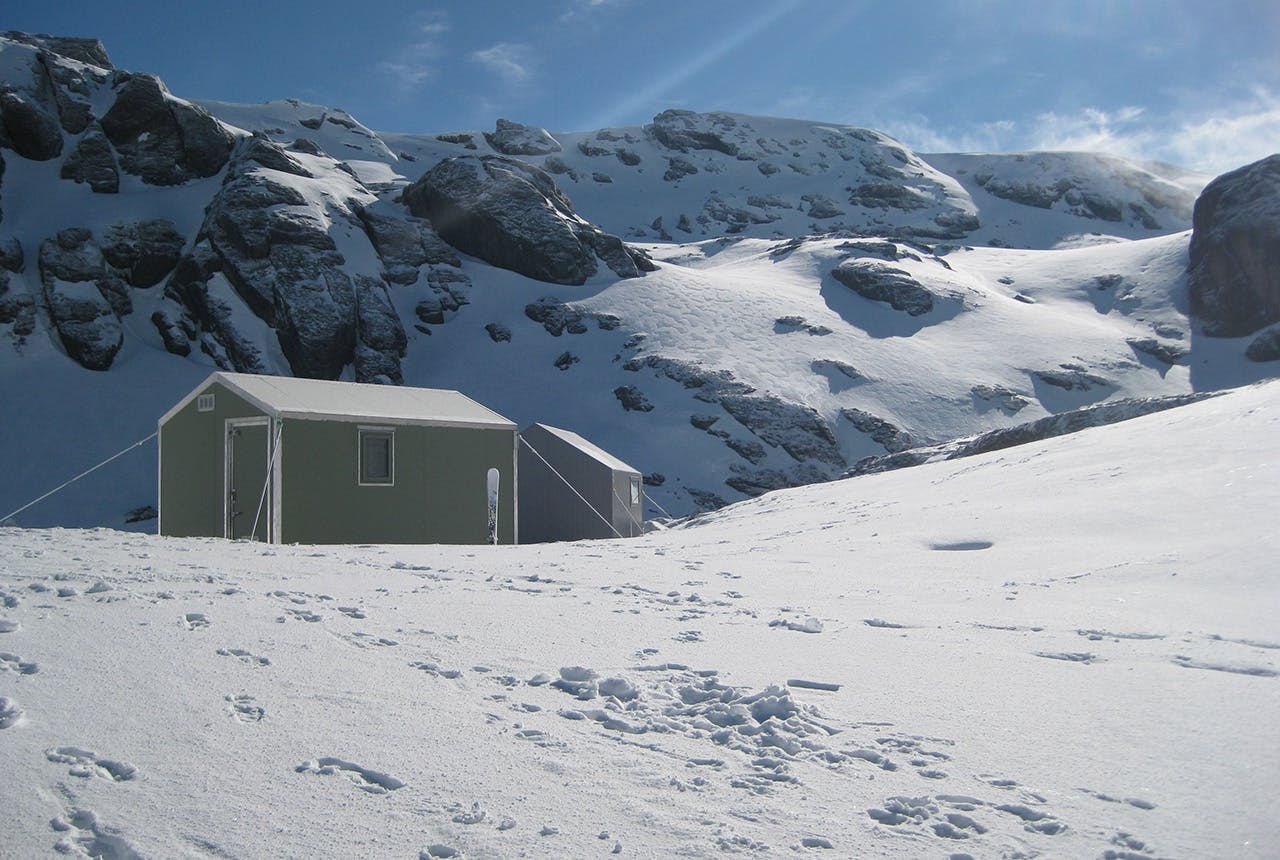
Alpine guide Nick Cradock thinks small huts like the private Robrosa Hut, built for $25,000, could be the answer to mountain accommodation. Photo: Supplied
“Centennial Hut is an NZAC hut that is managed by DOC. It needs repairs to the door, windows and deck and NZAC and DOC are both responsible for that. We hope to rectify that in the near-future, hopefully with money from the Community Conservation Partnership Fund (CCPF).”
The CCPF is a fund released by DOC to help volunteer groups carry out conservation and recreation work throughout the country.
Newton says he’s happy with the relationship the club has with DOC and believes this, along with community support from the likes of CCPF (NZAC is currently awaiting news as to whether it’ll receive any of the $700,000 given by DOC for backcountry projects), means private funding will not be necessary to maintain hut standards in future.
However, DOC is open to the idea of companies offering to help fund the maintenance of alpine huts. Mike Davies, conservation services manager at Aoraki/Mt Cook NP, says the department is willing to work with organisations and private firms that approach with an offer.
“If somebody comes to us to talk about the management of a hut, we would be willing to work with them and would talk about what our expectations are on how it should be managed. The more others are willing to help, the more opportunities are available for people.”
Davies says the situation at Kelman Hut is getting desperate. With more than 1150 bed nights each year, it’s the second most visited hut in the park (behind Mueller) and is far newer than Tasman Saddle, so is the real priority for DOC.
“There have been problems with Kelman since day one,” he says. “But finding the source of the leak is the problem – you virtually have to pull the hut apart to find out where it’s coming from.”
“Finding the source of the leak is the problem – you virtually have to pull the hut apart to find out where it’s coming from”
If no private funders come forward, DOC Aoraki/Mt Cook will place a bid to the Government for extra funds to fix it.
Many trampers shake their heads at the idea of private support and worry about where it will lead. Geoff Spearpoint is the editor of Moir’s Guide North and co-author of the hut book Shelter from the storm. He is also a member of Permolat – a group that repairs remote backcountry huts DOC is unable to maintain. He’s adopted Tunnel Creek Hut, next to the Paringa River on the West Coast, and has spent time bringing the hut up to a good standard.
Spearpoint is vehemently opposed to the idea of private funds being used to service huts. He recognises the difference in logistics of maintaining an alpine hut as opposed to a backcountry hut, but believes the community can always fill the gaps between the work done by DOC.
“I don’t want to see commercialism creep into the conservation estate. I don’t want to see facilities only available to guiding companies. Everyone should be able to use these facilities originally built by the tax dollar. Joe Public should always be able to roll up, experience the hills and stay in the huts.
“Permolat has plenty of funds and uses this money to facilitate volunteer groups. Most of the time it just requires one or two people to put their hand up.”
Private huts are not new. There are several on the DOC estate, notably those on the Milford and Routeburn tracks and even Caroline Hut in Aoraki/Mt Cook NP.
But there is something very uneasy to many trampers and climbers about the idea of privatising building or maintenance within national parks. It goes against core beliefs and gives a dreaded sense of a slippery slope to high fees and exclusivity.
But the way things are, some favourite alpine huts could be heading towards their own slippery slope. Action is needed now if these little red huts are to be saved. And as much as we may squirm at the idea of a ‘Placemakers Hut’ or a ‘Mitre 10 Mega Kelman Hut’, the alternative may one day be no hut at all.





